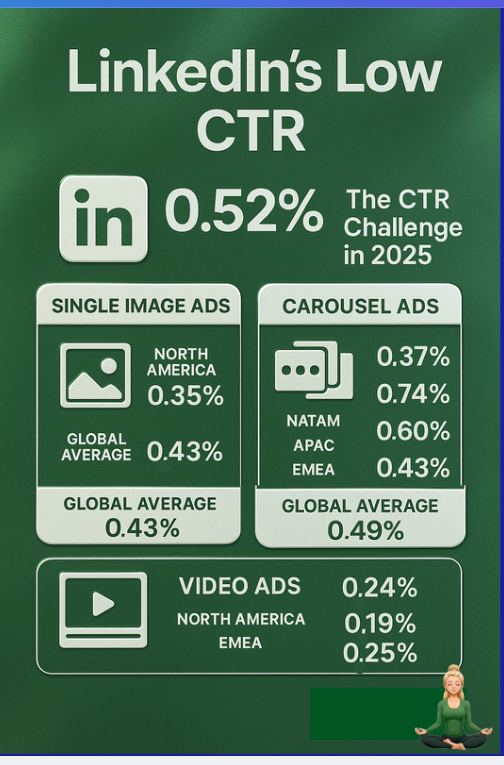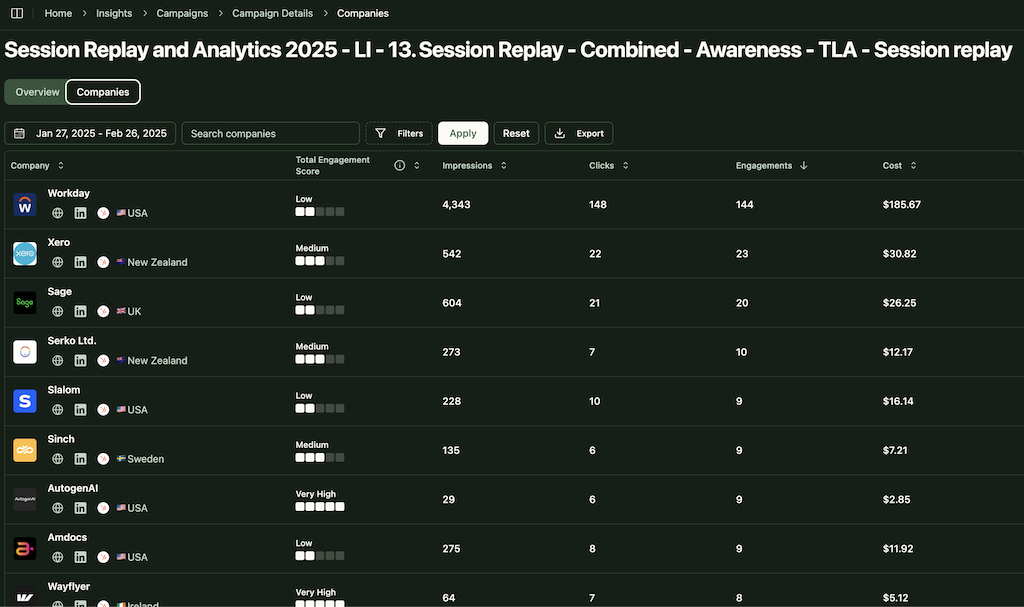
Account-based marketing ABM strategy focuses on pursuing high-value accounts instead of casting a wide net and praying for MQLs or SQLs your sales team calls “not warmed up enough” anyway. It is especially sensible in B2B, where ACVs are high.
In this guide, with a real case study, you will learn how to design a B2B account-based marketing ABM strategy that actually works, plus where ZenABM fits.
Assuming that if it is B2B, it must need ABM can be fatal for your budget. Check these first.

You do not need a huge budget to start. Sometimes paid media and SEO spend overwhelm and still return diminishing ROI. With a focused account-based marketing ABM strategy, you can cut those costs. For example, Folloze saw a 43 percent YoY pipeline increase while cutting paid media spend by 52 percent after doubling down on ABM.
ABM success equals laser-focused targeting
An ICP is the profile of an account most likely to become a high-value, successful customer. It goes beyond firmographics and includes firm size, industry, tech stack, geography, buying triggers, and pain signals.
In ABM, the list is the strategy. Meticulous ICP research improves the list and the entire GTM.

They reused a cold outbound list, filtered loss accounts by firmographics, removed new customers, then enriched for a target stack using Clay and BuiltWith.
Not all targets are equal. Segment your TAL into tiers so effort matches value.
| Tier | Description | Approach | Typical ACV contribution |
|---|---|---|---|
| Tier 1 | Highest value accounts or strategic logos. Deep research and highly personalized pursuit plans. | 1 to 1 ABM | Greater than 10 to 15 percent of segment revenue each |
| Tier 2 | Great fits that are not enterprise. Personalized by industry or use case. Often called ABM Lite. | 1 to few or 1 to cluster | About 4 to 10 percent of segment revenue each |
| Tier 3 | Lower value or emerging accounts. Scaled programs with minimal personalization. Graduate upward on intent. | 1 to many | Below threshold for heavy ABM investment |
Pro tip. Review tier rules quarterly and move accounts based on engagement.
Budget for tools and ad spend. Use the free ABM Budget Calculator.

Prioritize high intent, high fit accounts. Use internal and external signals.
Tier the list and create dossiers for Tier 1 and Tier 2. Iterate weekly. Double down on responsive accounts and stop spend on dormant ones.
Pro tip. ZenABM intent tagging writes the campaign themes an account engaged with into CRM company properties, so BDRs tailor outreach precisely.

Go where your buyers pay attention. LinkedIn works well for one to many and one to few.
Start broad to surface interest, then graduate engaged accounts to deeper plays and BDR outreach.
Define ABM stages and align content accordingly. Track stages with company-level impression and engagement data.

ZenABM also writes key engagement into HubSpot company properties and can auto-assign a BDR when an account hits the Interested stage.


Run quarterly sprints. Many enterprise cycles need multiple sprints, but a sprint cadence helps with planning and learning. Use a simple PM board to manage assets and launches. Here is an ABM template you can copy.
If persona-first segmentation stalls delivery, pivot to intent-first campaign groups with single asset campaigns nested beneath. This keeps audiences above the 300-member minimum and aggregates engagement for reliable analytics.
Let’s talk about measurement now:

Measure movement from Identified to Aware to Interested to Consideration to Selecting. Fix stage drop offs fast.


ABM should lead to revenue. For Userpilot, a single quarter of spend generated a significant pipeline lift. Since LinkedIn clicks are limited, view-through attribution is essential for ABM.

LinkedIn CTR is low which makes view based attribution essential.
Sync LinkedIn engagement with your CRM using ZenABM. Pull account level metrics via the LinkedIn API and push them into company fields. Map engaged companies to deals to show revenue influence clearly.



 ABM campaign metrics dashboard in ZenABM
ABM campaign metrics dashboard in ZenABM

Identify which content and campaigns drove real results and double down. Get sales feedback on what advanced conversations and closed deals.
Hope this account-based marketing ABM strategy guide helps. You can contact the content team at ZenABM or Emilia Korczynska for more on the Userpilot strategy that drove more than 900k dollars in pipeline from about 52k in spend.